Here we are in the dog days of summer. The nights are warm and the days warmer, and rain is more of a welcome relief than a foregone conclusion, as it is in spring. Without irrigation, most of our gardens would pretty much dry up and blow away. Thankfully, even with the present restrictions (I mean water, not COVID-19 restrictions), we can still make beautiful, lush flower- and produce-filled gardens with careful, timely watering. Still, August definitely favours the heat-lovers, and much of the discussion this month (the last month of this particular blog post series) will involve perennials and annuals (herbaceous plants) that are adapted to those conditions.
See the featured plants in other months below:
April in the Neighbourhood
May in the Neighbourhood
June in the Neighbourhood
July in the Neighbourhood
This is my last neighbourhood blog post for 2020. I’m still walking in the neighbourhood and looking at plants (as I suspect many of you are, too), but classes are starting up again, and I have to introduce a new crop of students to the world of plants. My newest challenge: teaching online to students in countries spanning sixteen time zones. I hope you’ve enjoyed the blog series. -Douglas Justice, Associate Director, Horticulture & Collections
Please follow our Month in the Garden for more regular updates on plants in bloom from Douglas.
Please click on the images in the gallery below to learn more about each plant.
Featured Plants – August 24-31, 2020
- Solanum lycopersicum (syn. Lycopersicon esculentum) (tomato)
- Solanum lycopersicum (syn. Lycopersicon esculentum) (tomato)
- Origanum vulgare (oregano, wild marjoram)
- Origanum vulgare (oregano, wild marjoram)
- Malus domestica (orchard apple)
- Hylotelephium spectabile (showy stonecrop)
- Hylotelephium spectabile (showy stonecrop)
- Dahlia variabilis (dahlia)
- Dahlia variabilis (dahlia)
- Solanum lycopersicum (syn. Lycopersicon esculentum) (tomato)
- Dahlia variabilis (dahlia)
- Dahlia variabilis (dahlia)
For the text version of the featured plant descriptions, please click here.
Featured Plants – August 17-23, 2020
- Magnolia grandiflora (southern magnolia)
- Hydrangea paniculata (panicle hydrangea)
- Hydrangea paniculata (panicle hydrangea)
- Helianthus annuus (annual sunflower)
- Canna x generalis (hybrid canna)
- Helianthus annuus (annual sunflower)
- Lythrum salicaria (purple loosestrife)
- Canna x generalis (hybrid canna)
For the text version of the featured plant descriptions, please click here.
Featured Plants – August 10-16, 2020
- Verbena bonariensis (purple-top or tall verbena)
- Verbena bonariensis (purple-top or tall verbena)
- Tagetes erecta (African marigold)
- Salvia guaranitica (anise-scented sage)
- Salvia guaranitica (anise-scented sage)
- Hibiscus syriacus (rose of Sharon, rose mallow, Korean hibiscus)
- Hibiscus syriacus (rose of Sharon, rose mallow, Korean hibiscus)
- Albizia julibrissin (albizia, silk tree, mimosa)
- Albizia julibrissin (albizia, silk tree, mimosa)
For the text version of the featured plant descriptions, please click here.
Featured Plants – August 3-9, 2020
- Phlox paniculata (border phlox)
- Phlox paniculata (border phlox)
- Monarda didyma (bee balm, Oswego tea)
- Monarda didyma (bee balm, Oswego tea)
- Mentha spicata (spearmint)
- Hydrangea arborescens (American hydrangea)
- Acanthus hungaricus (Balkan bear’s breeches)
- Acanthus hungaricus (Balkan bear’s breeches)
For the text version of the featured plant descriptions, please click here.


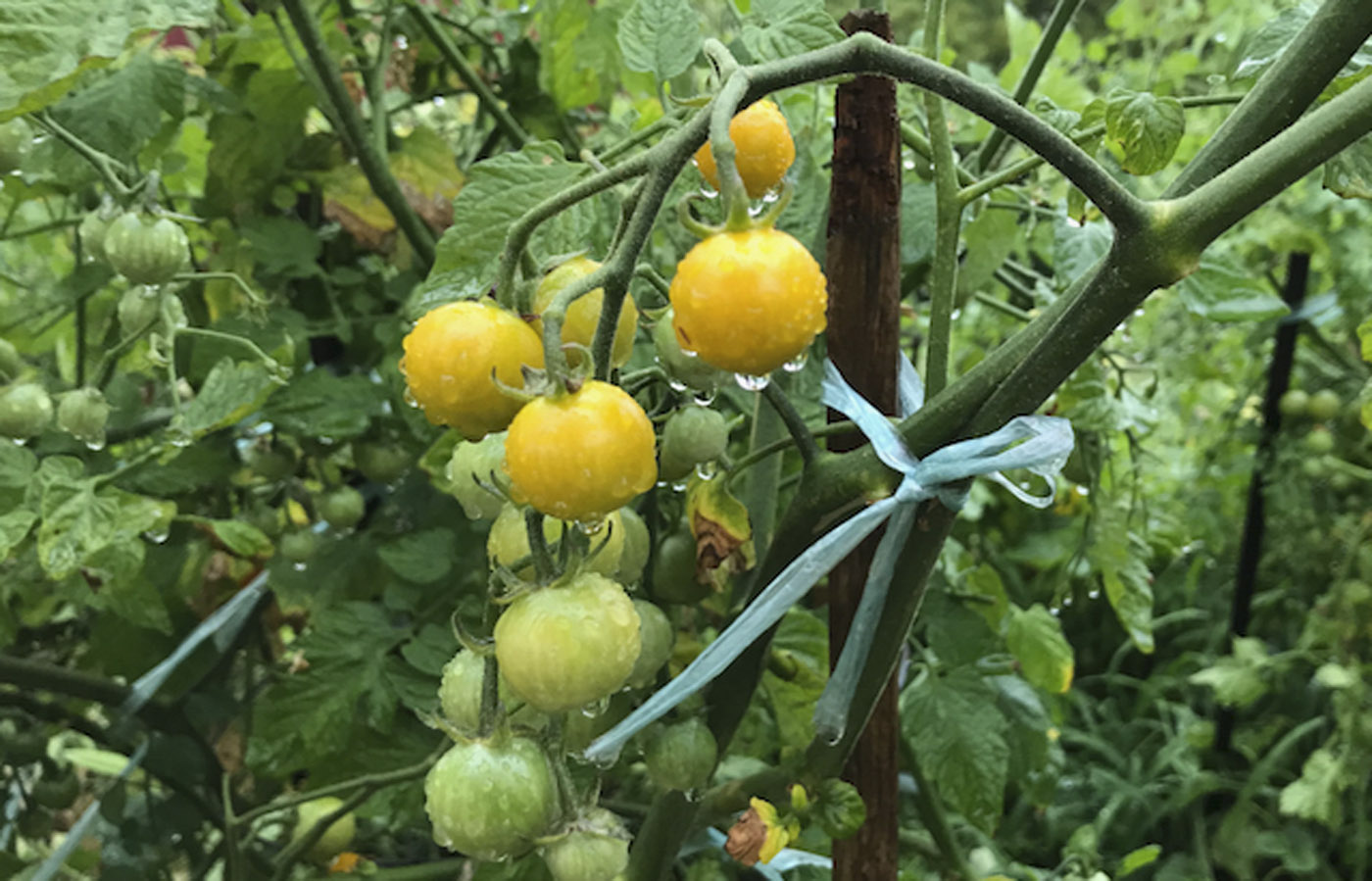



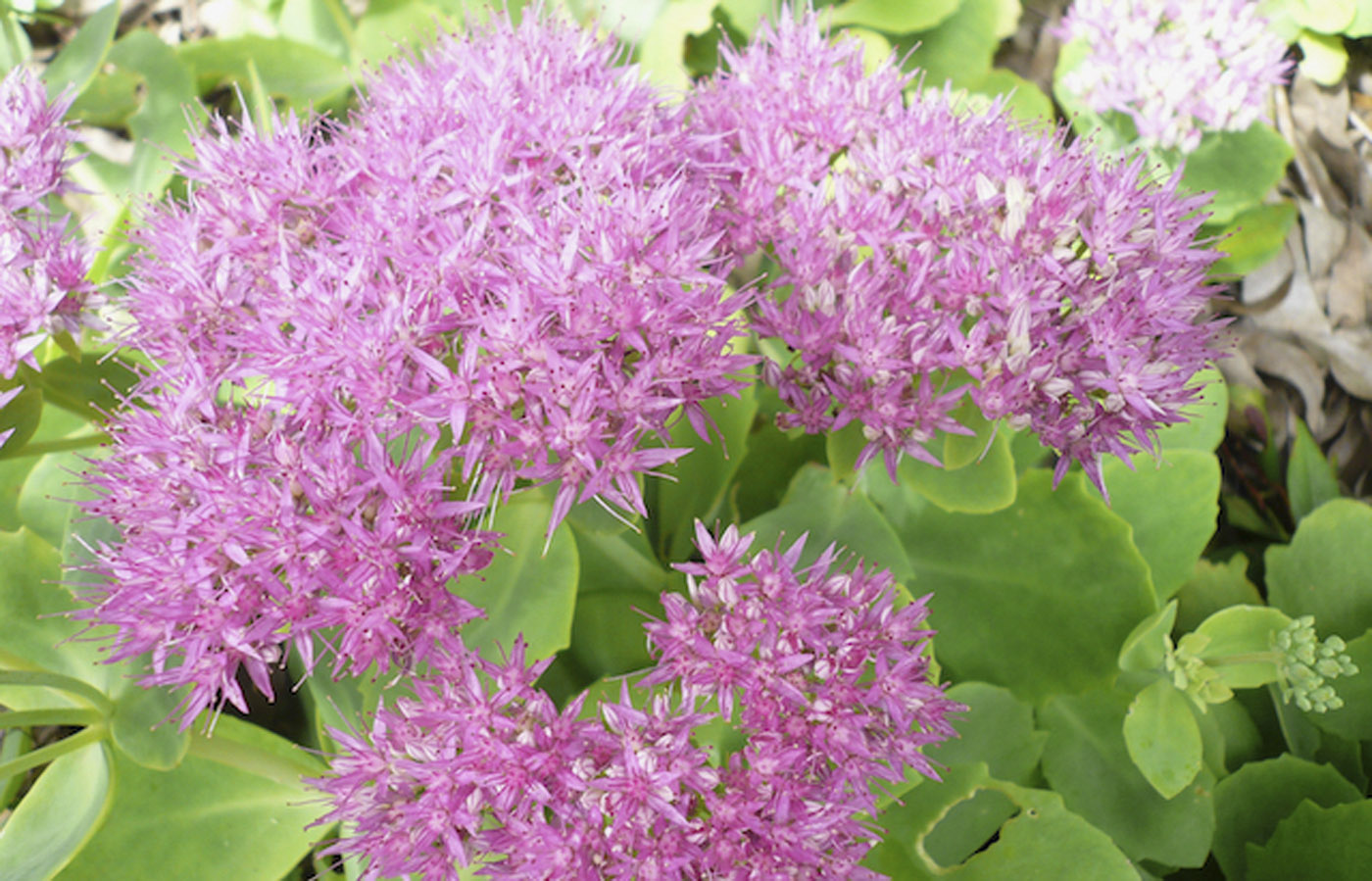
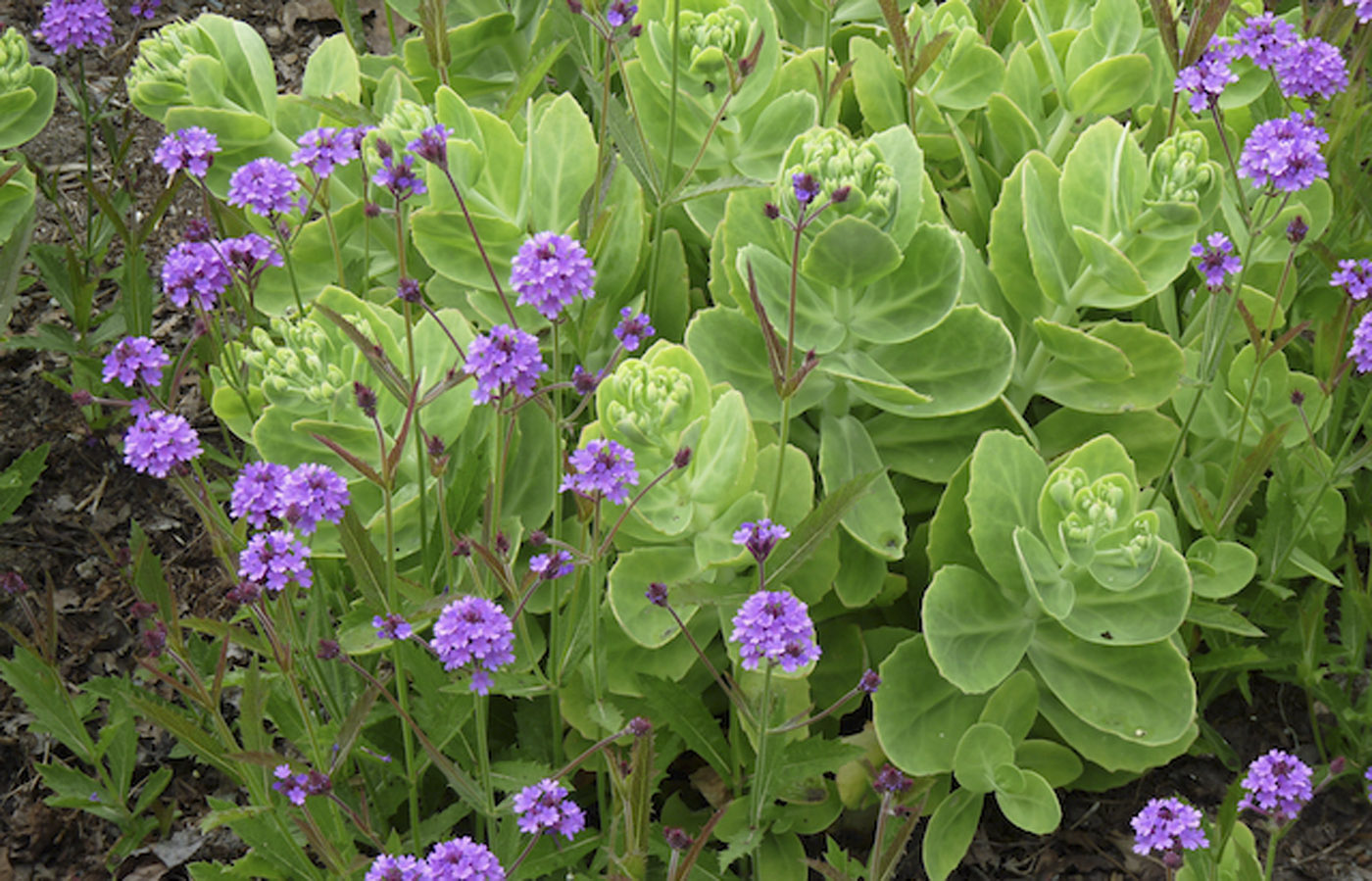
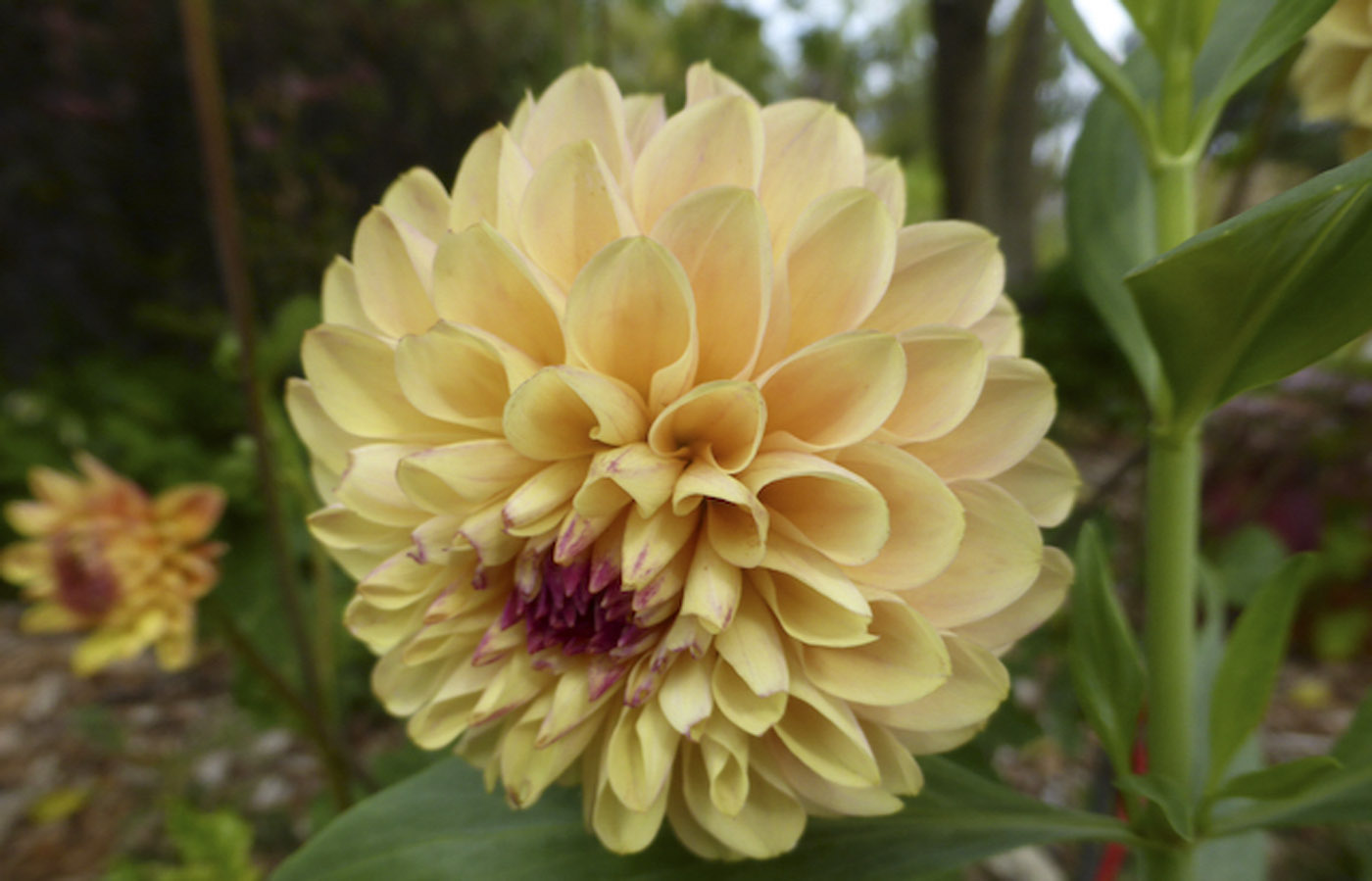
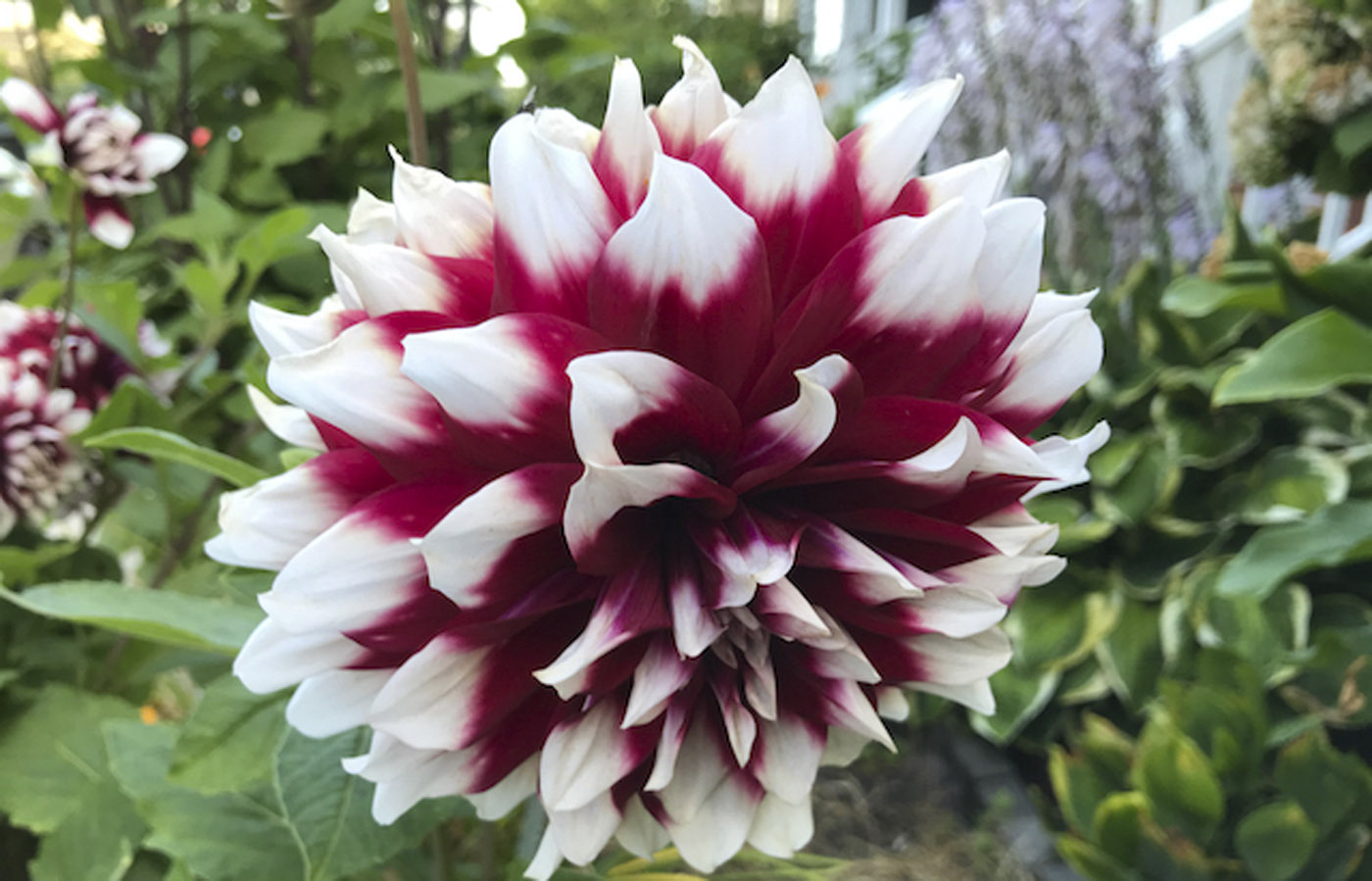
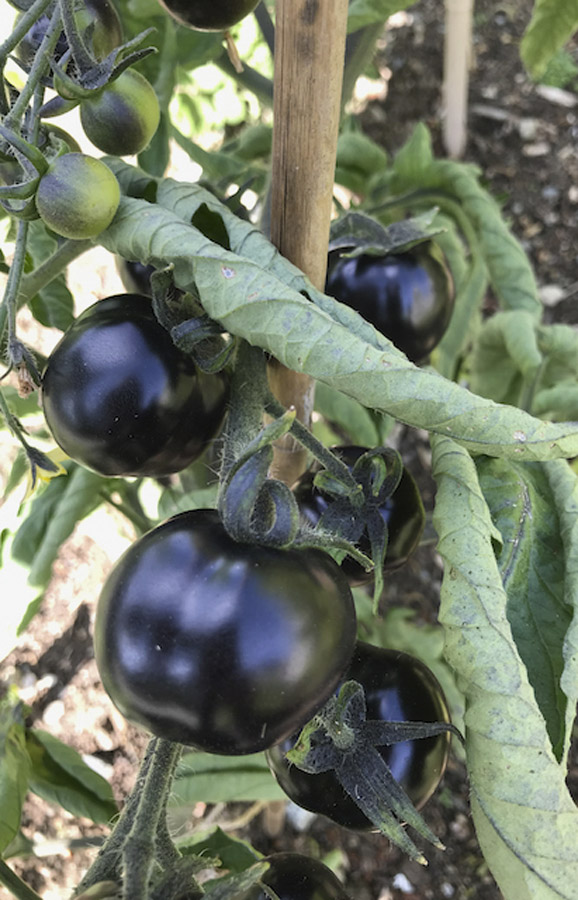
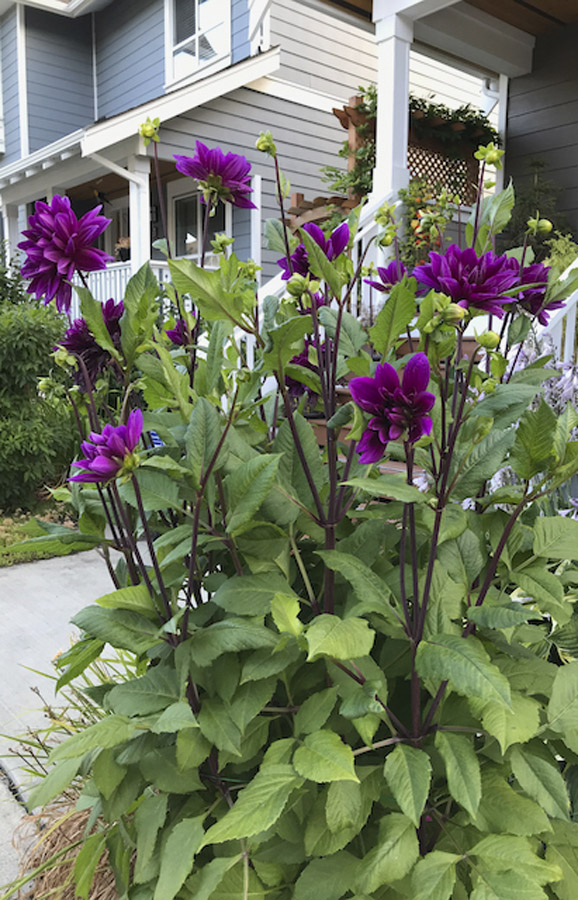
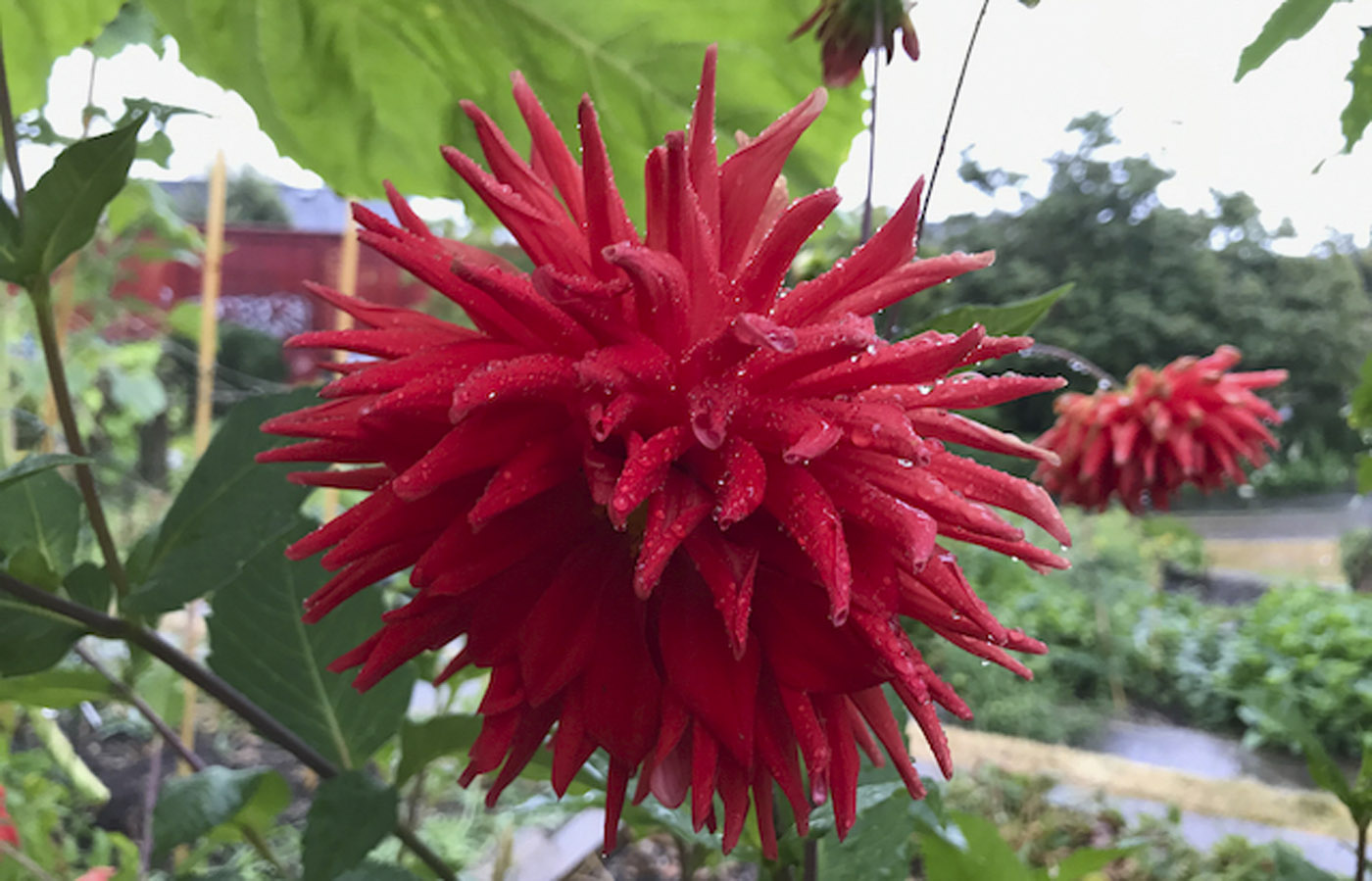

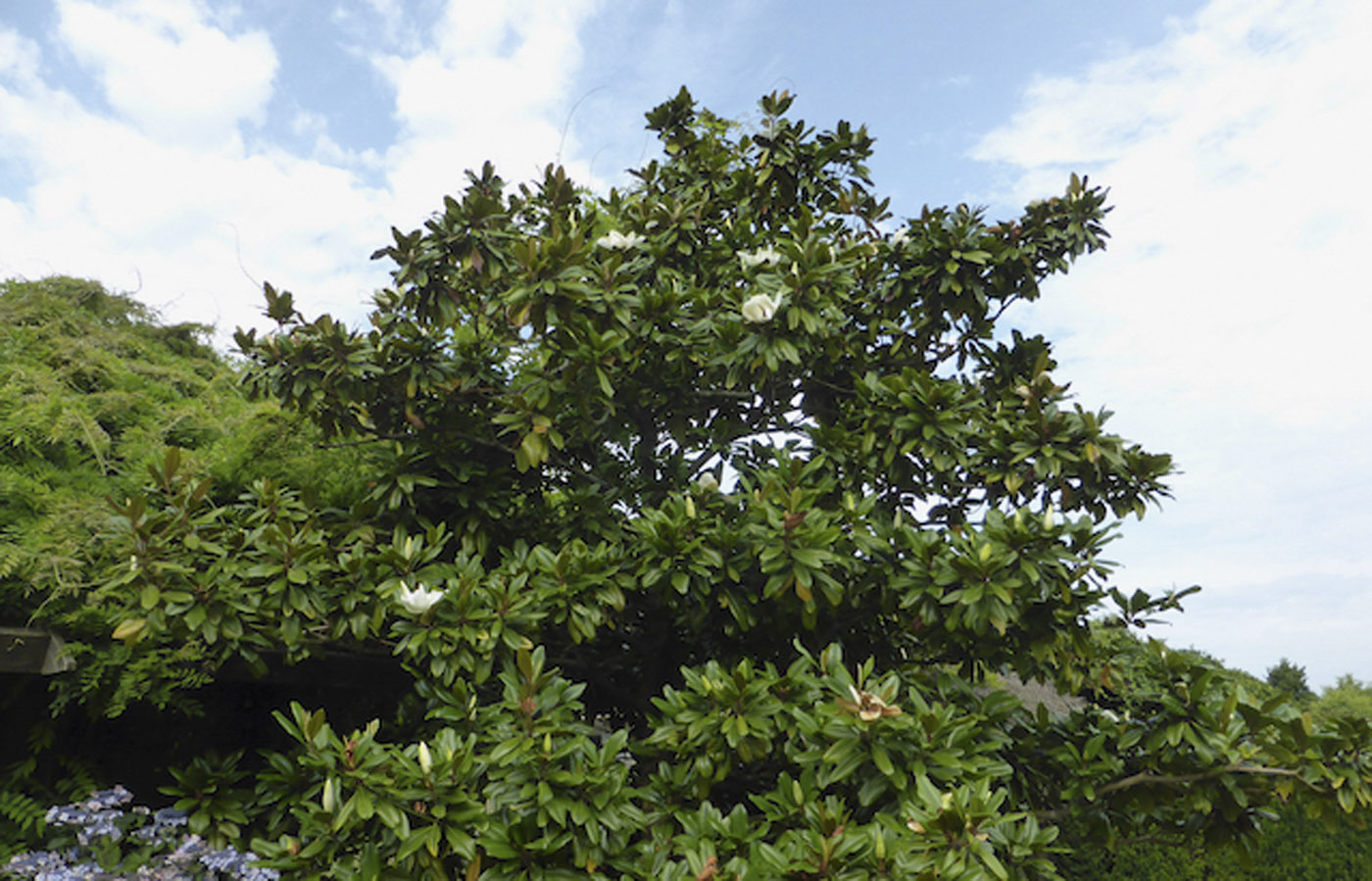
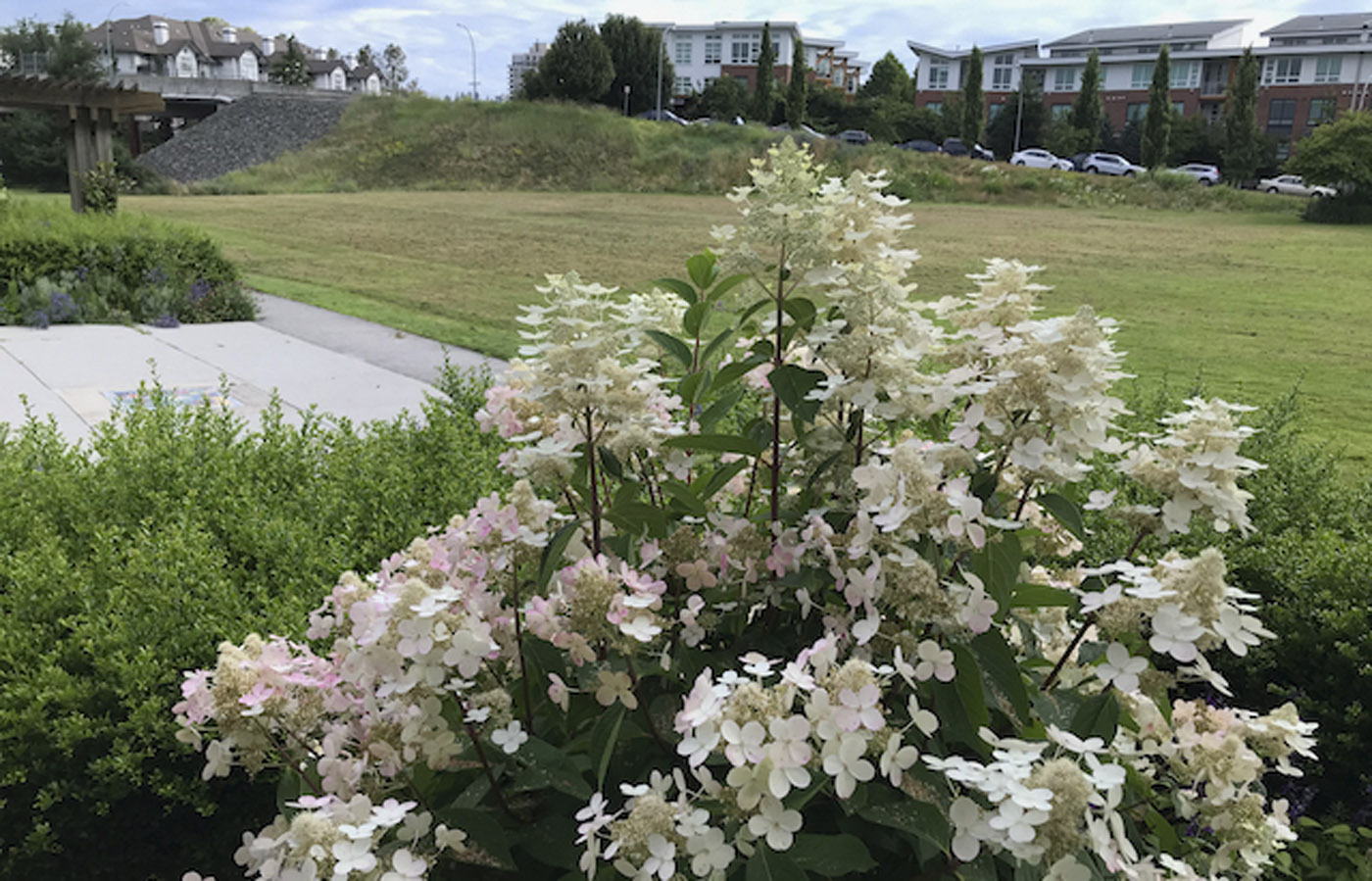


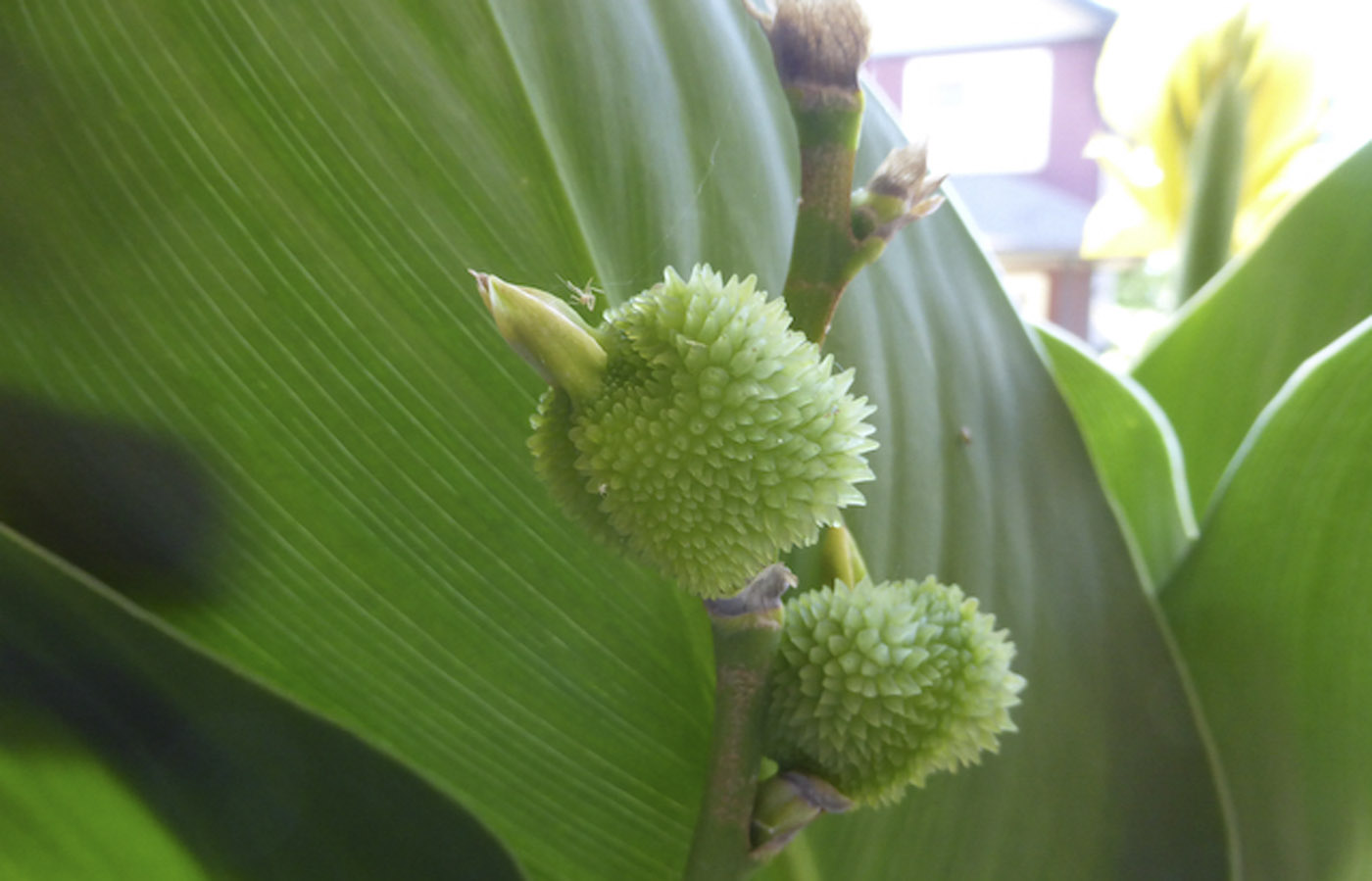

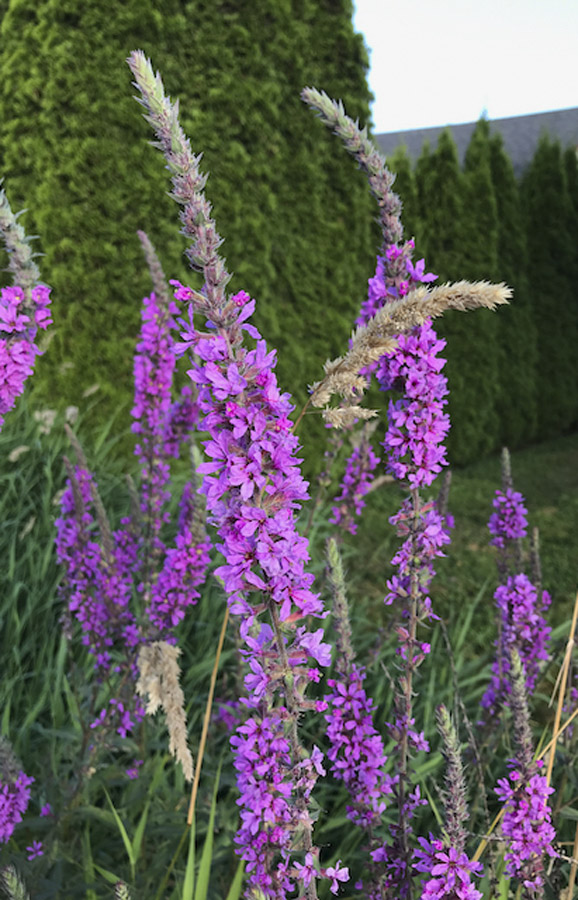
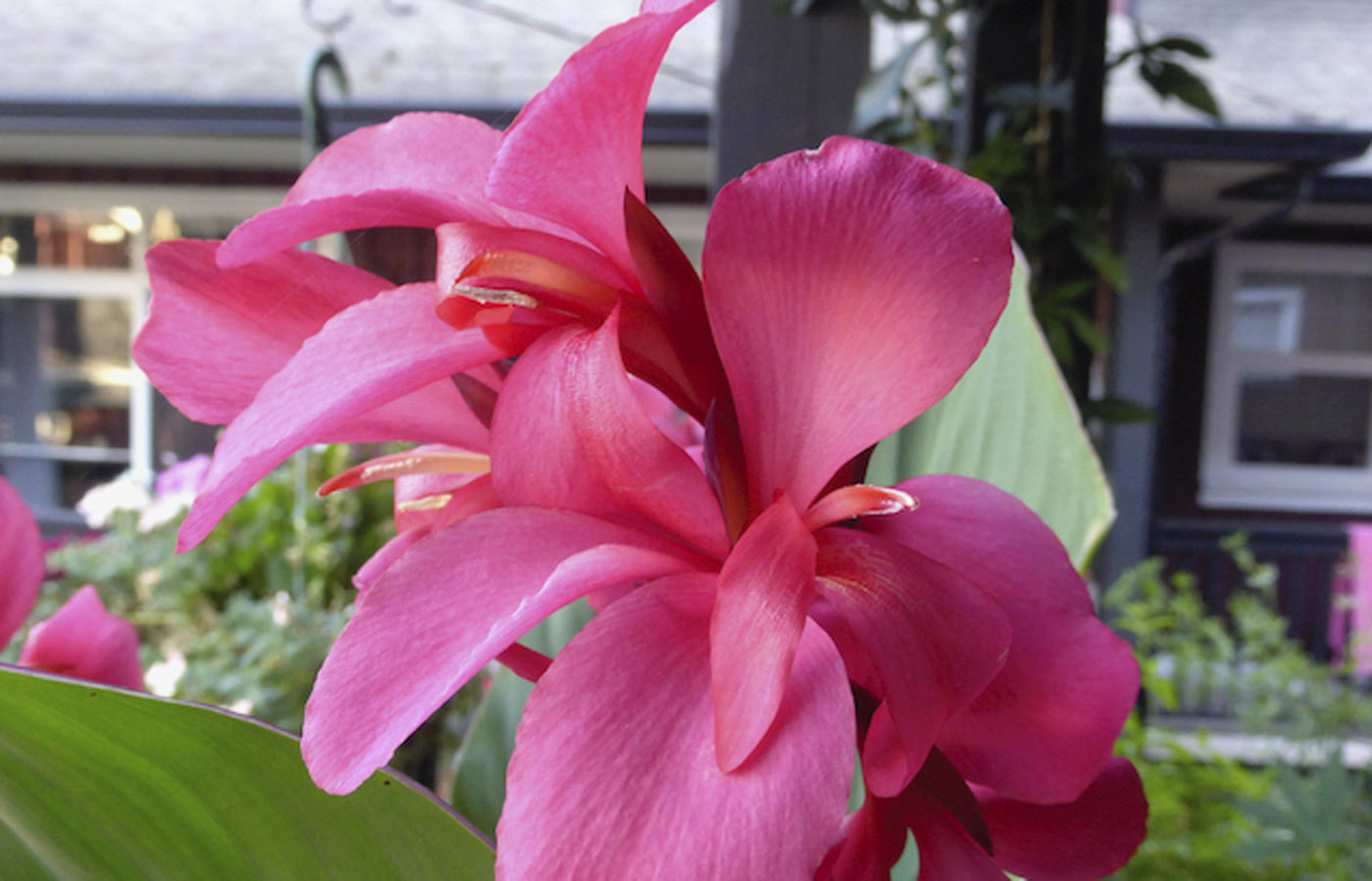
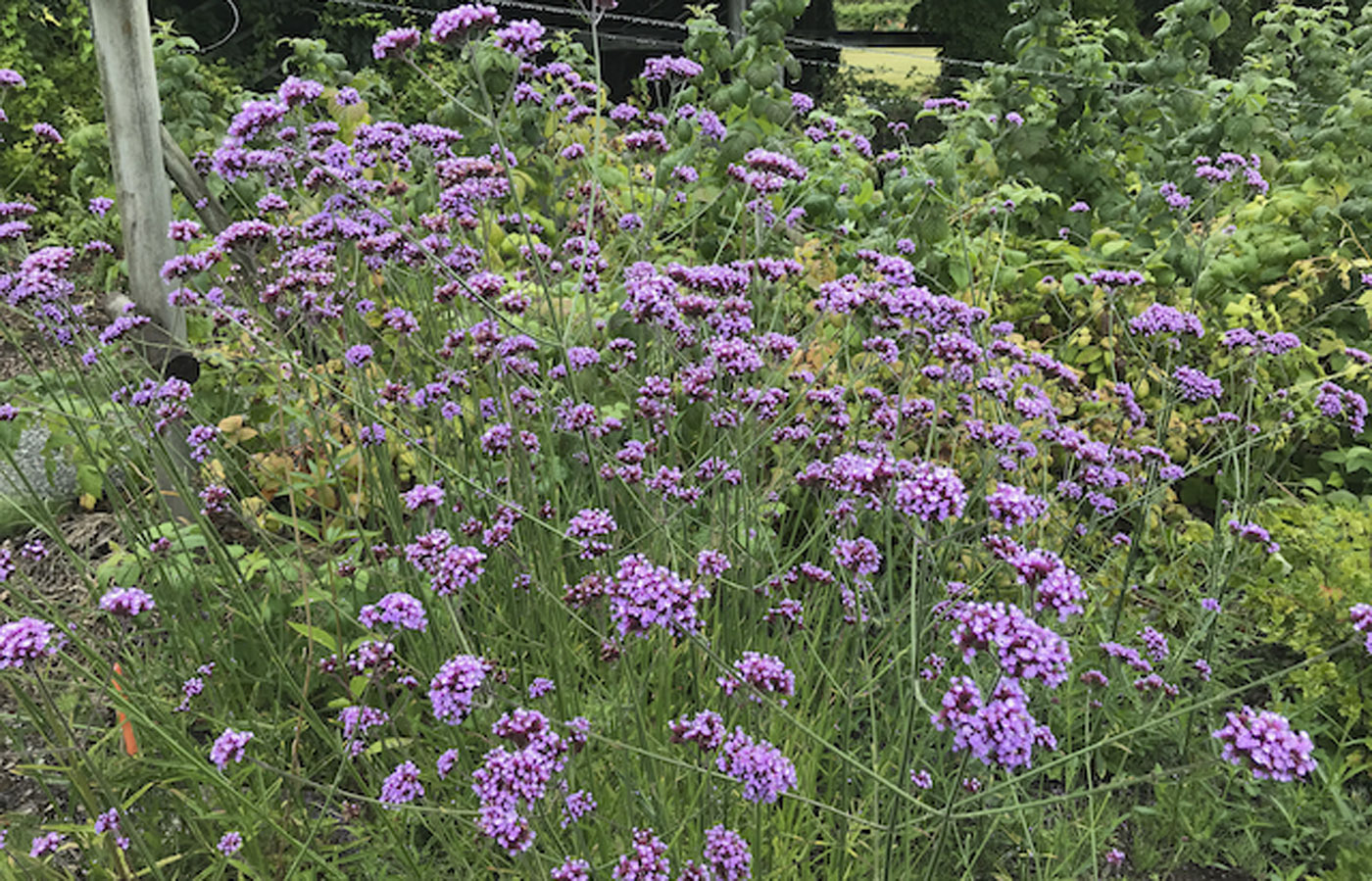
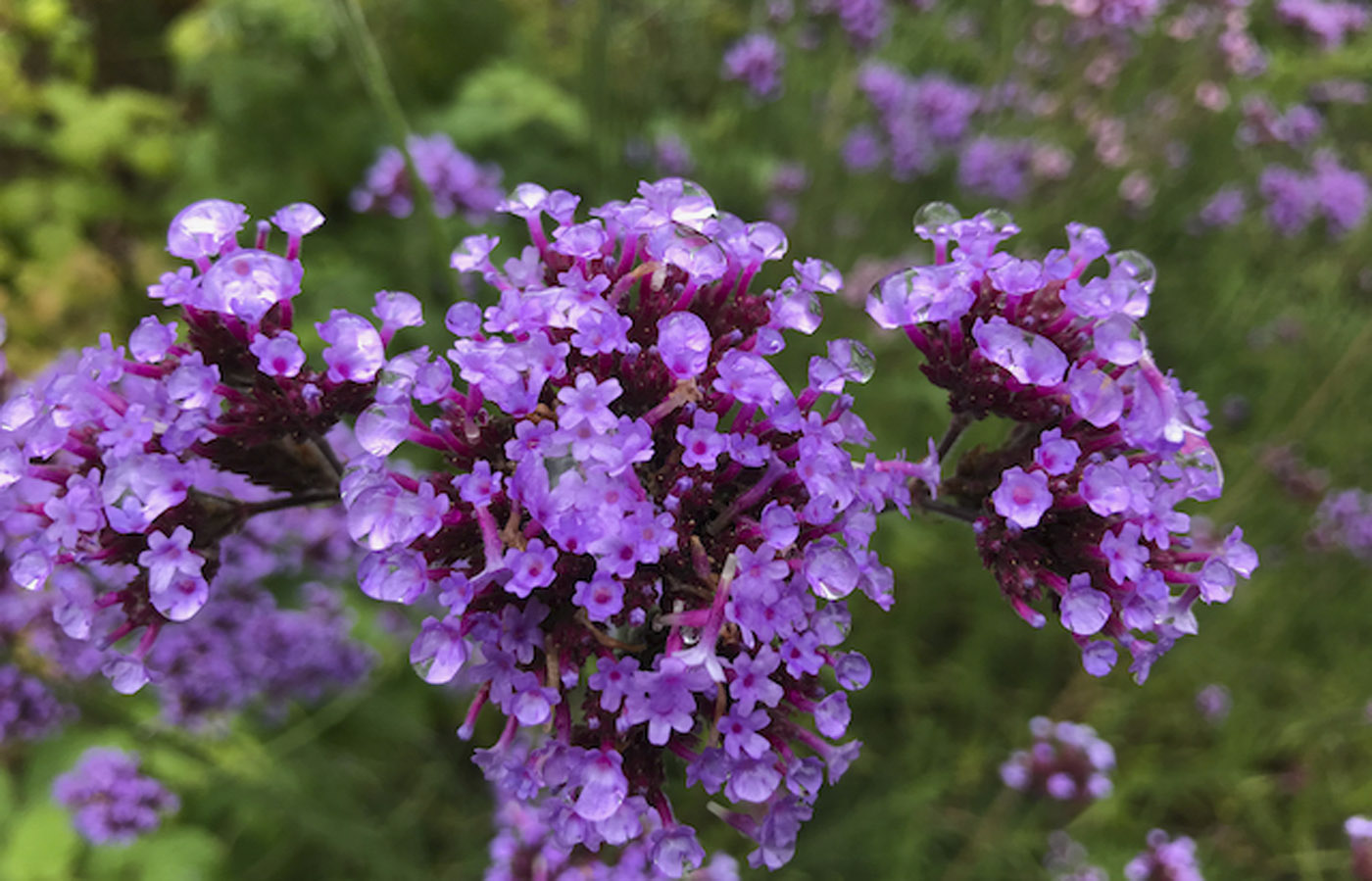
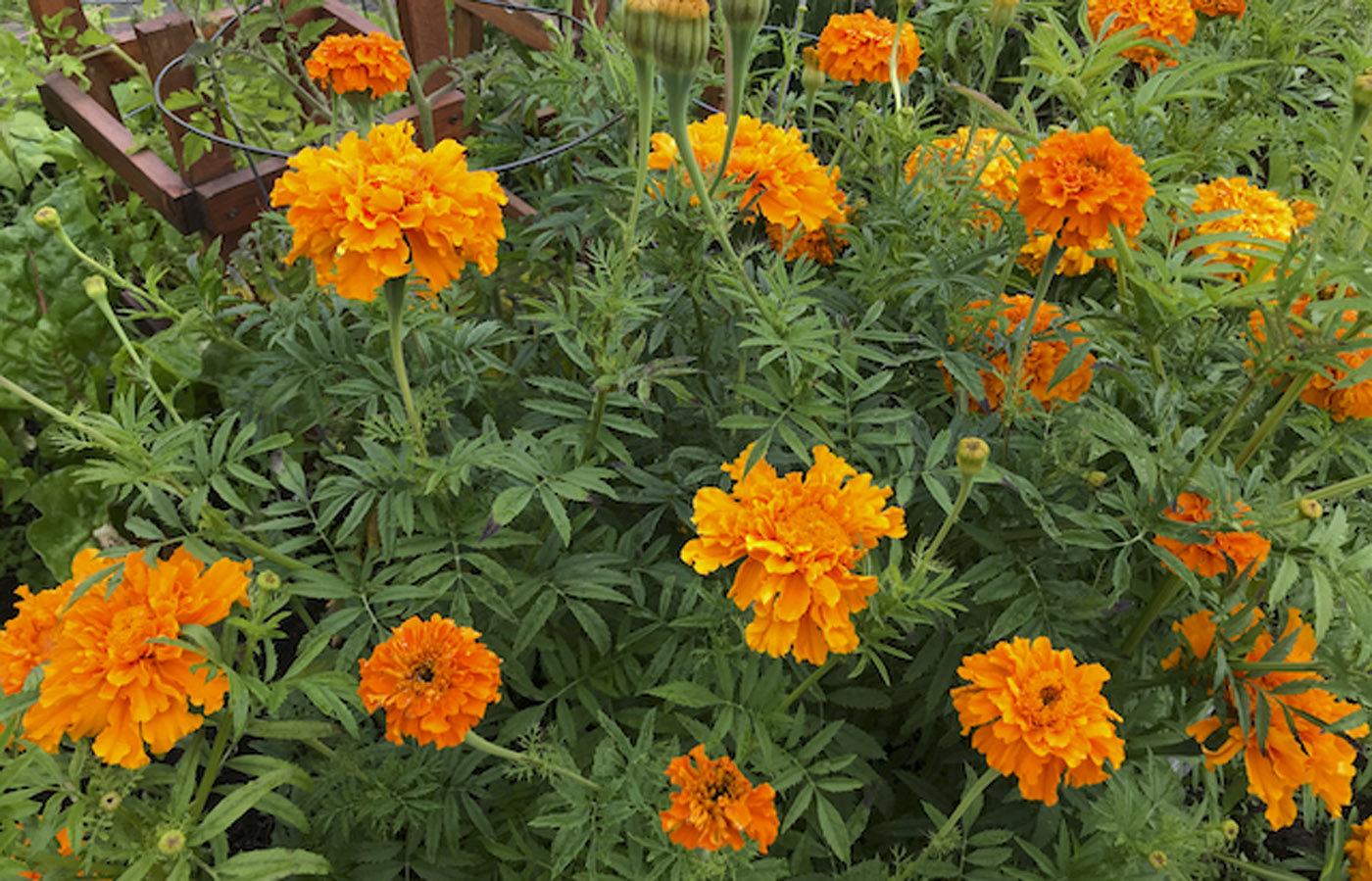
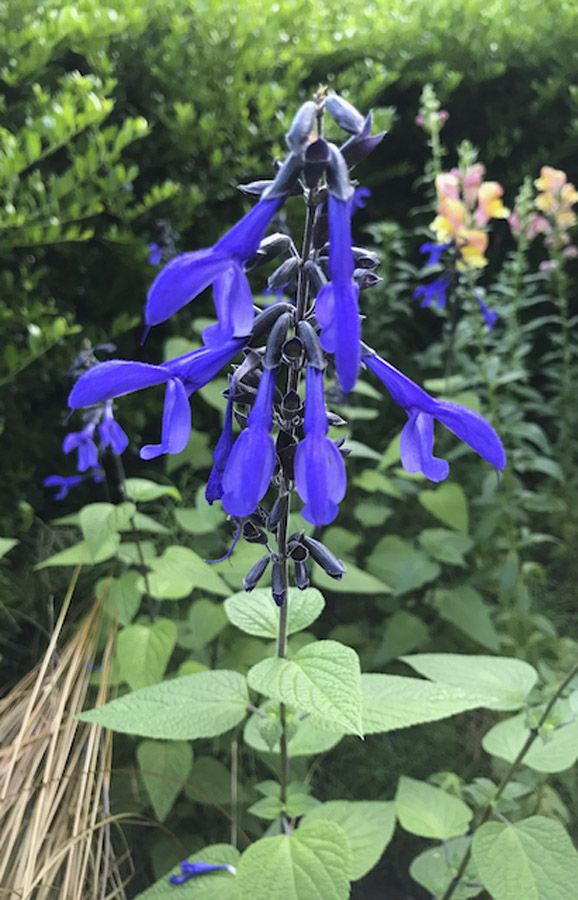

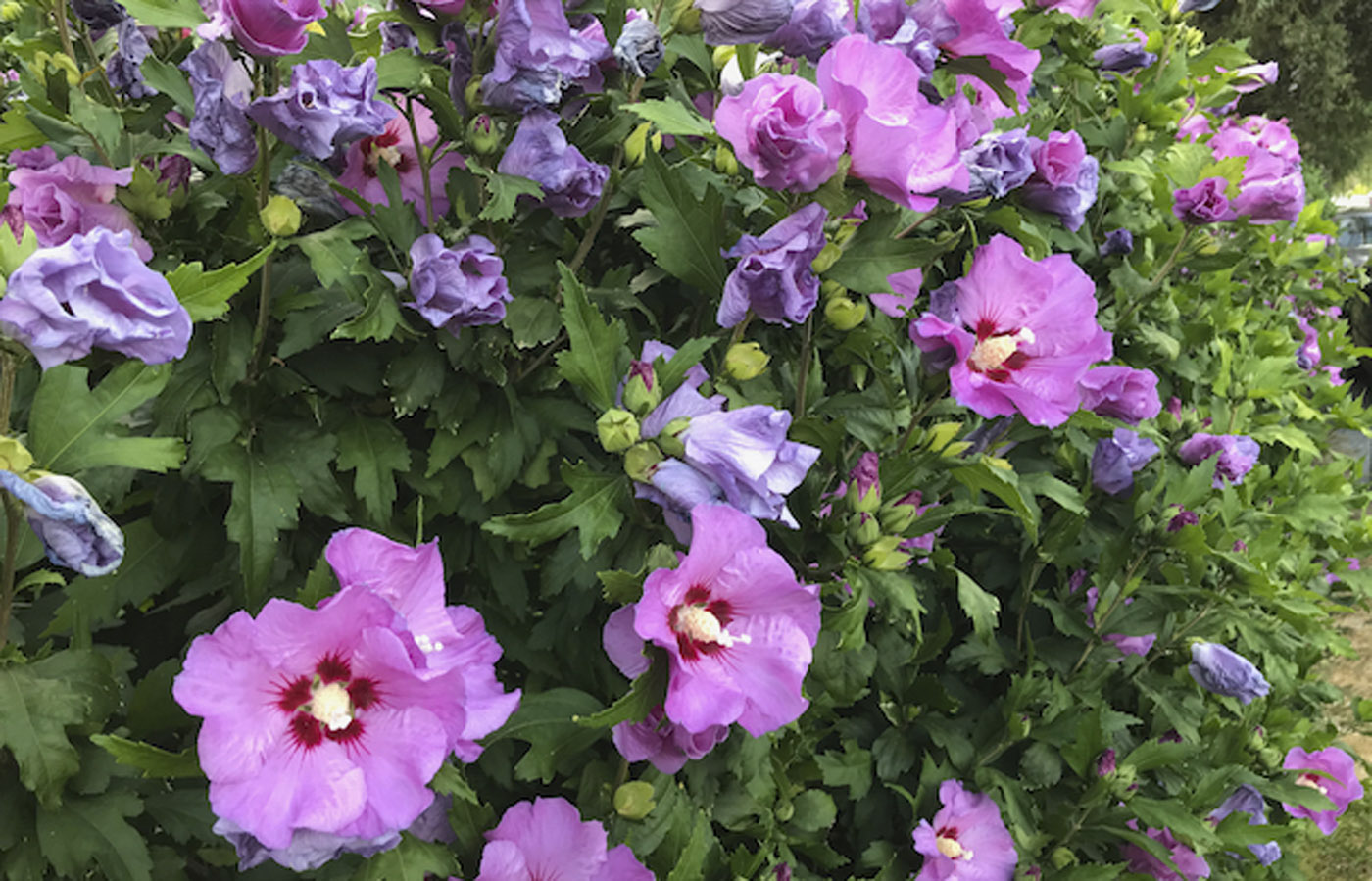
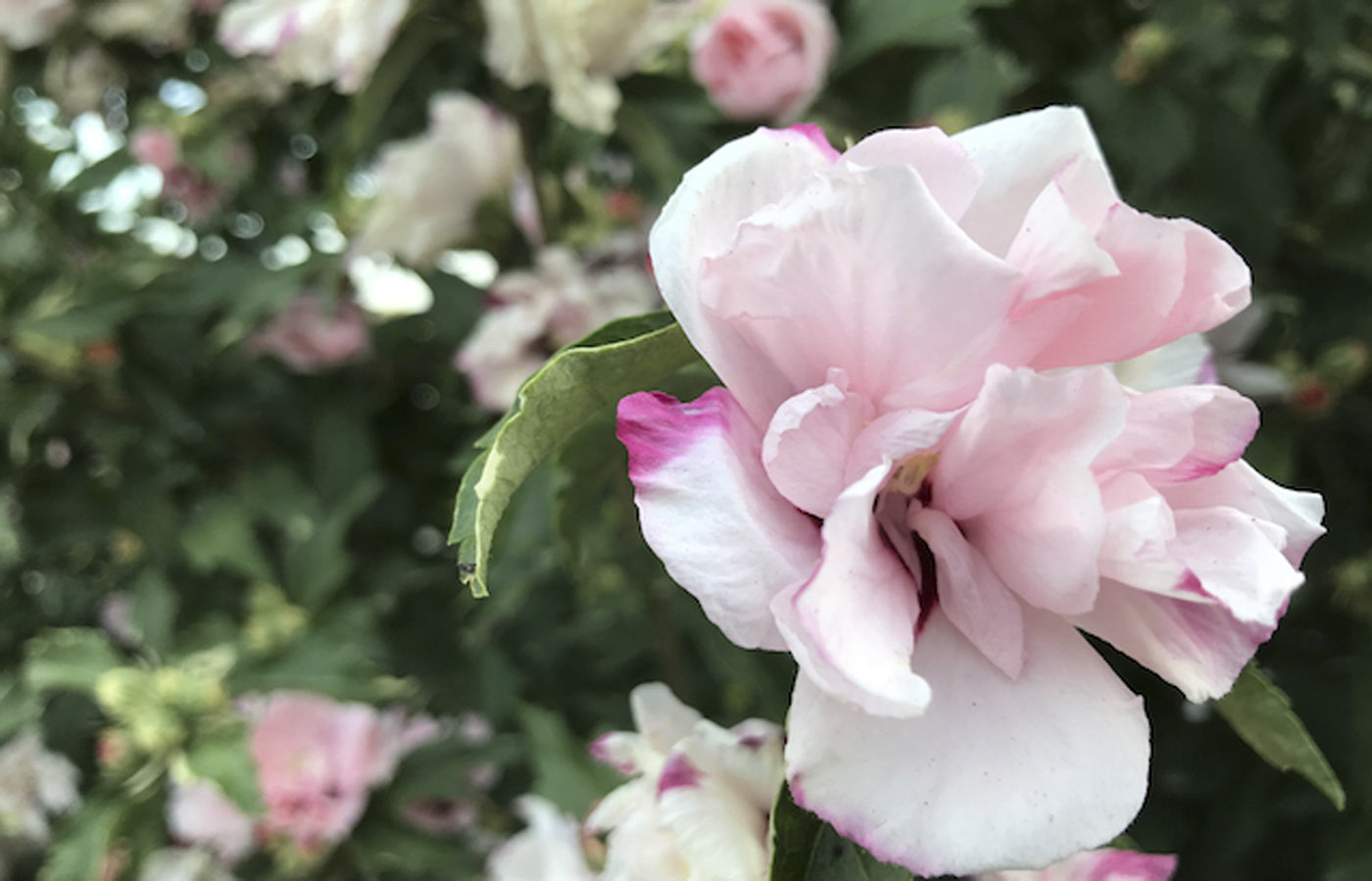
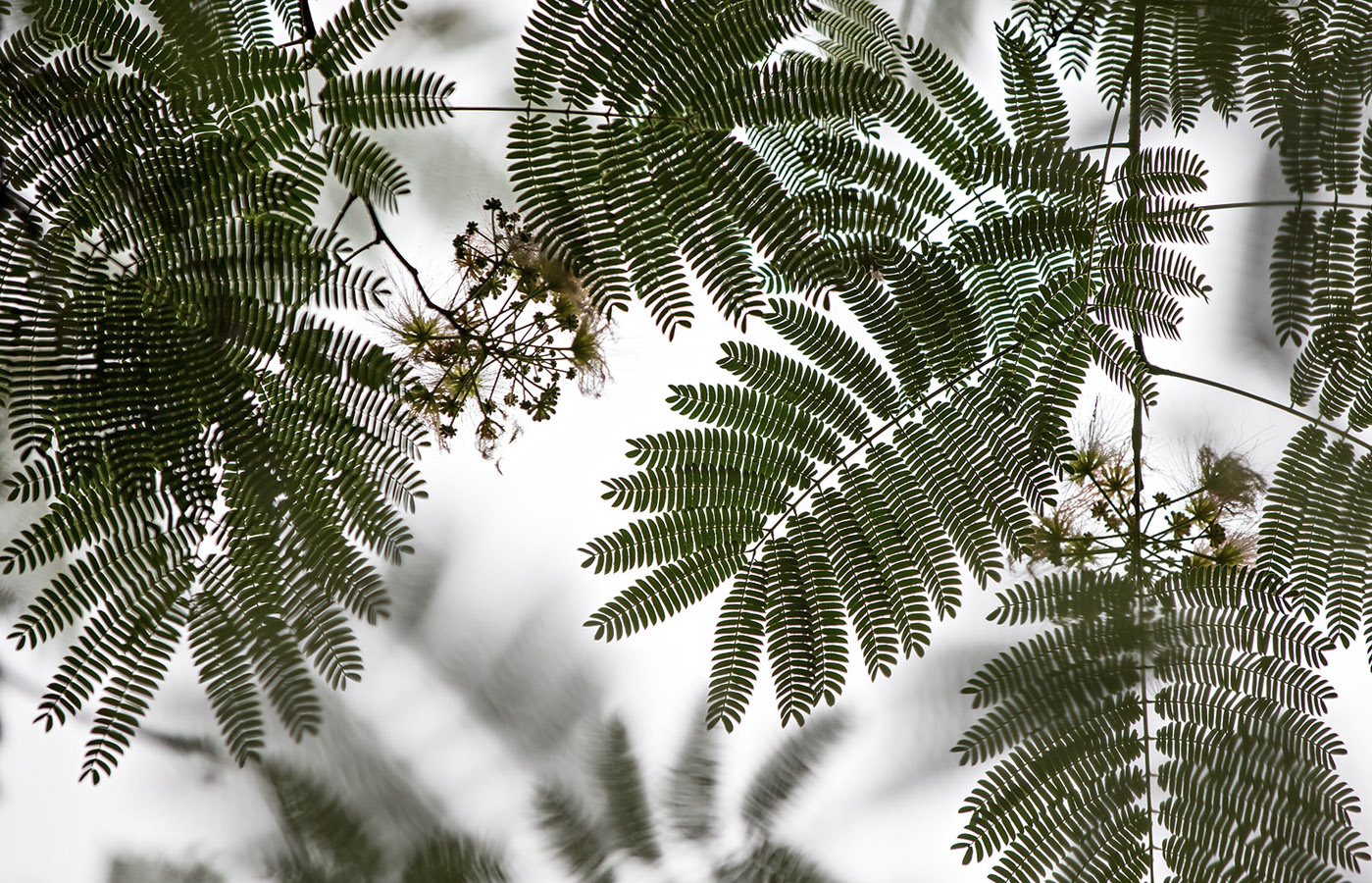
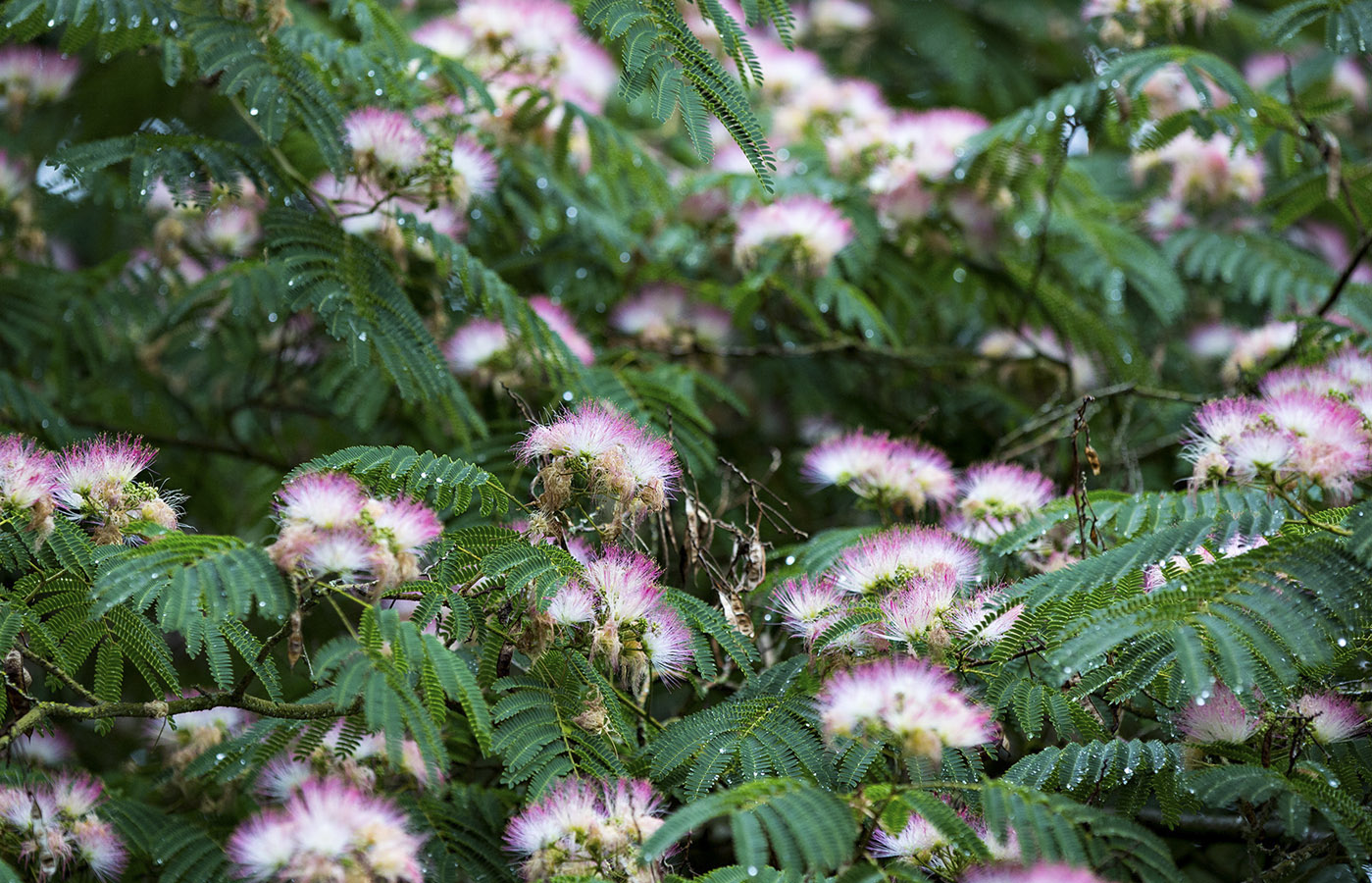


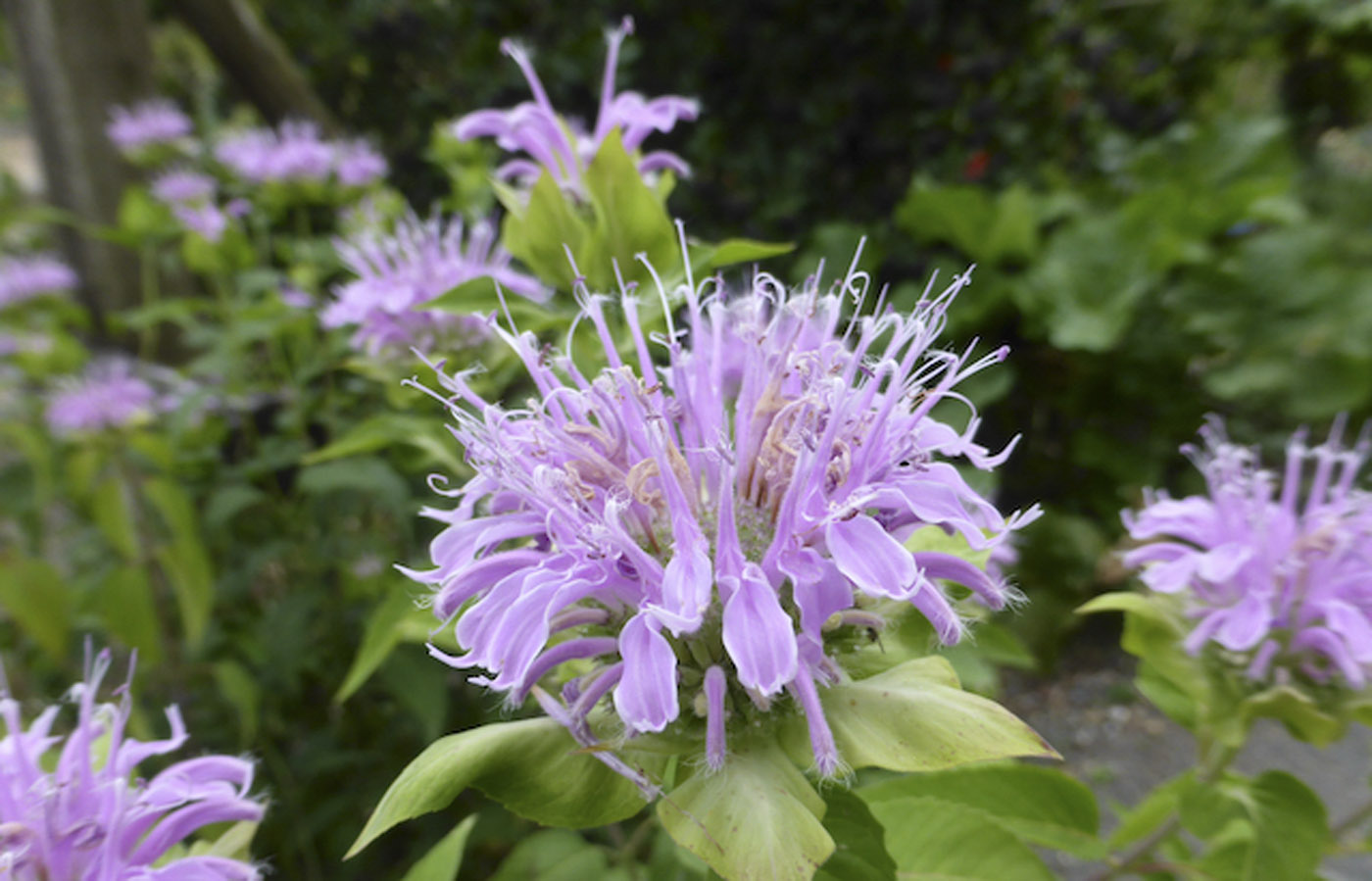
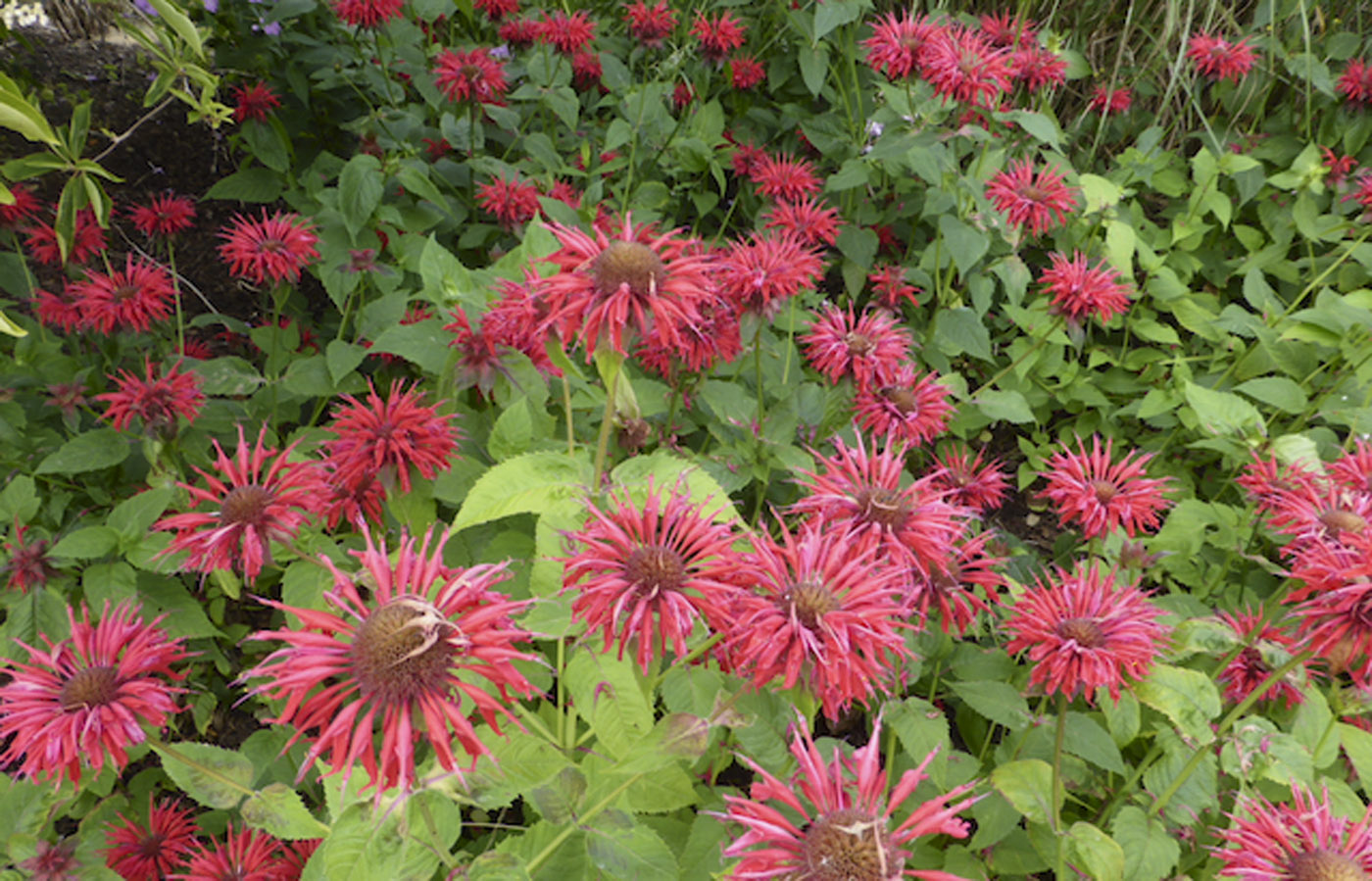
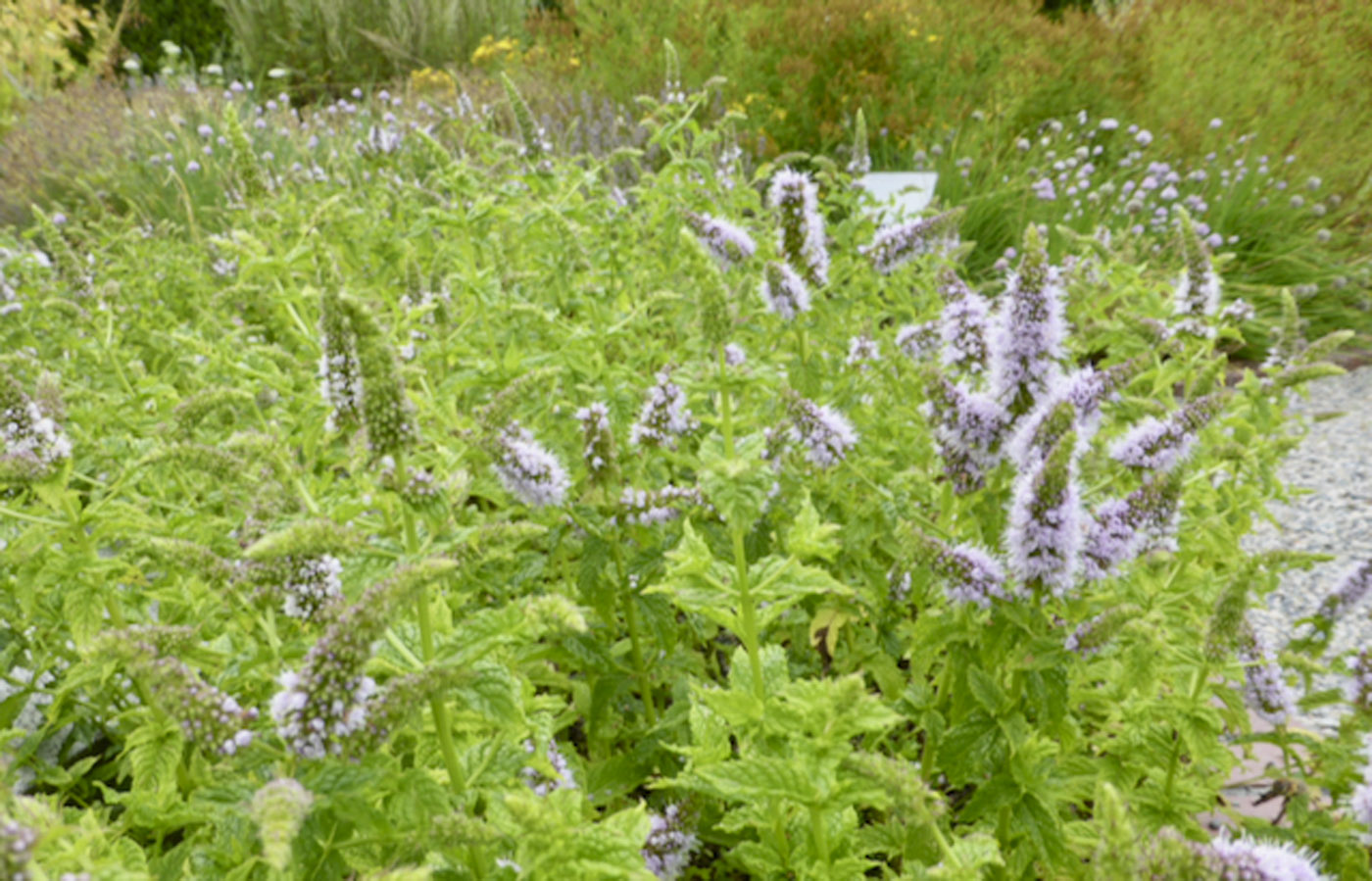

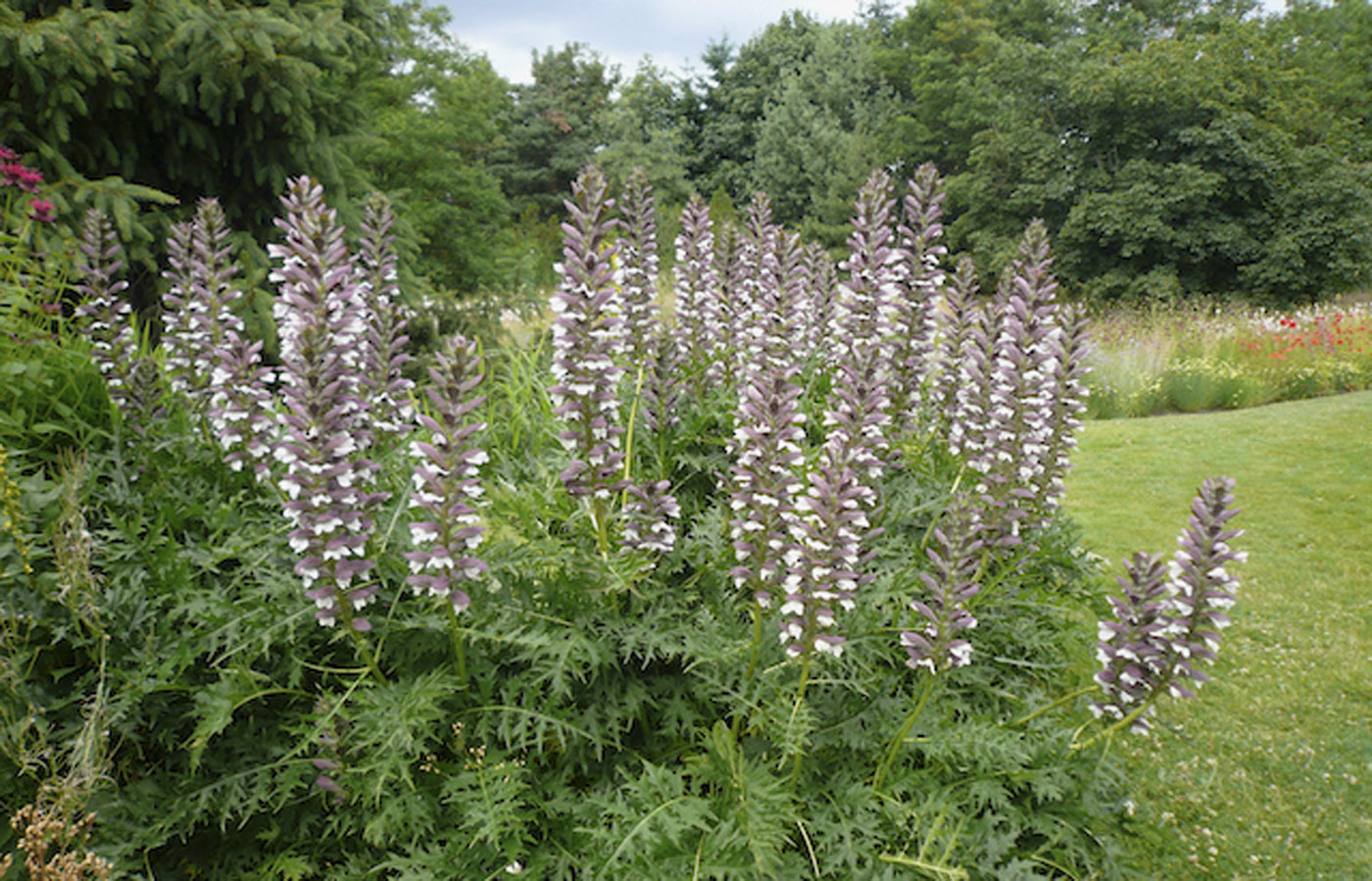
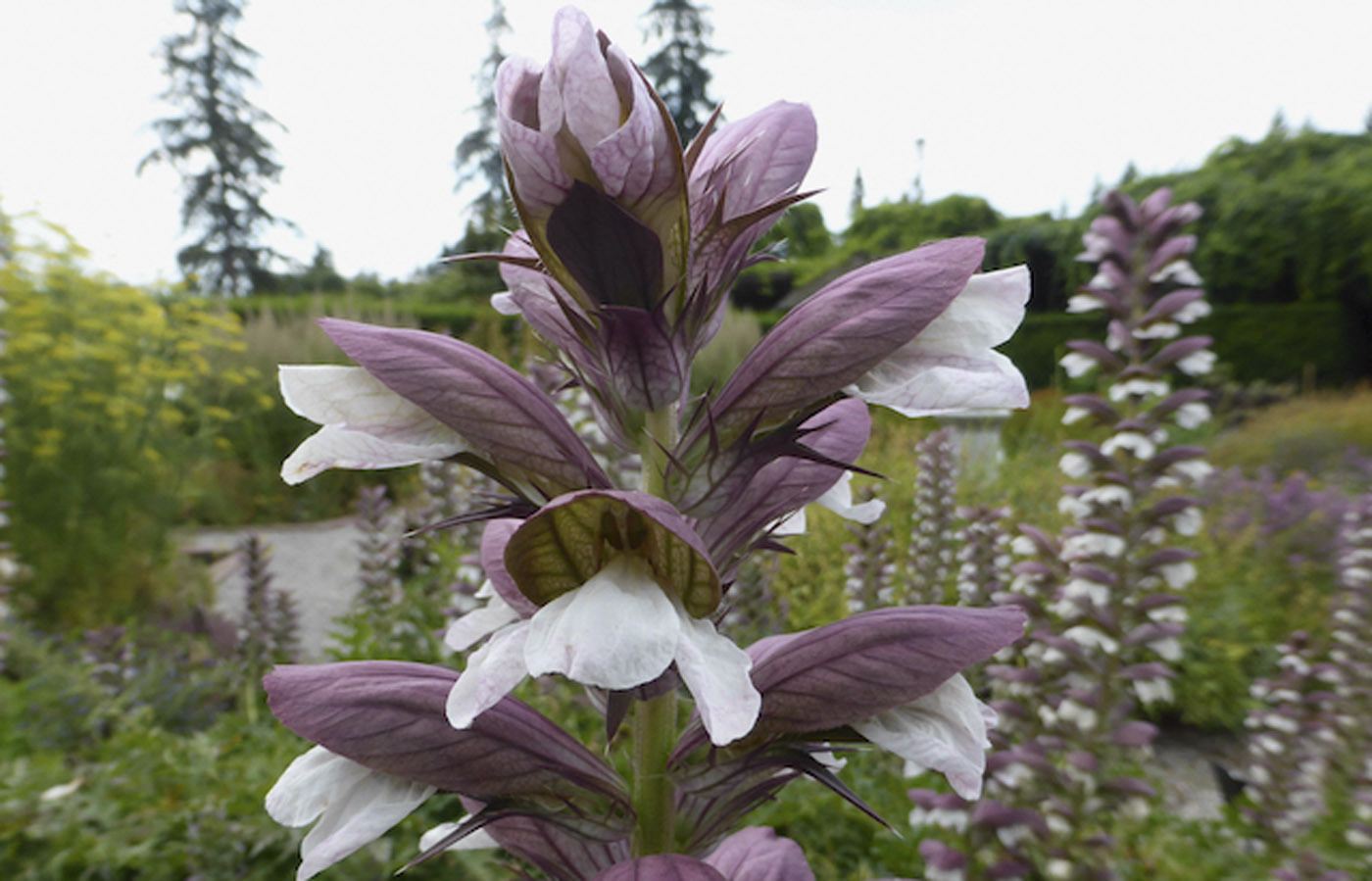
I asked Douglas how to distinguish Acanthus hungaricus (which I had never heard of, was surprised to read that it’s the most common one around here) and Acanthus spinosus. He replied:
Acanthus hungaricus (syn. A. balanicus) has dissected leaves with deep, broad sinuses, the base of the sinus is a flange of leaf tissue that parallels the midrib. The spine tipped lobes are not particularly sharp. In A. spinosus, the lobe tips are sharp and numerous and the sinus is narrower and does not terminate in a flange along the midrib. The two species apparently hybridize, and intermediates are occasionally encountered.
I also recognized the phlox pictured here as the one that has such a prominent showy display on the entrance plaza at UBC Botanical Garden.
I’m feeling so well-informed this month.